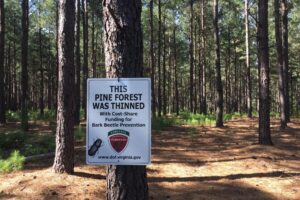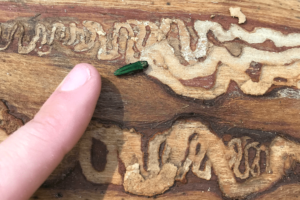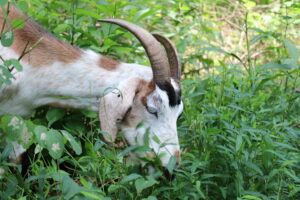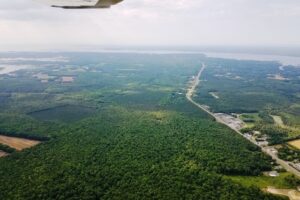Thinning Out Southern Pine Beetle
April 7, 2022 - By Katlin Dewitt, DOF Forest Health Specialist The southern pine beetle (SPB) is the most destructive native insect that threatens pine forests in the Southeast. These tiny insects, about the size of a grain of rice as adults, are especially harmful due to the complex system of pheromones (insect “scents” that are specific to a species) they utilize to find host trees and aggregate. Pheromones allow populations to build up... Read More





